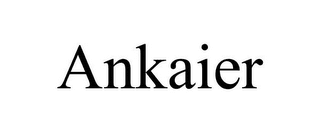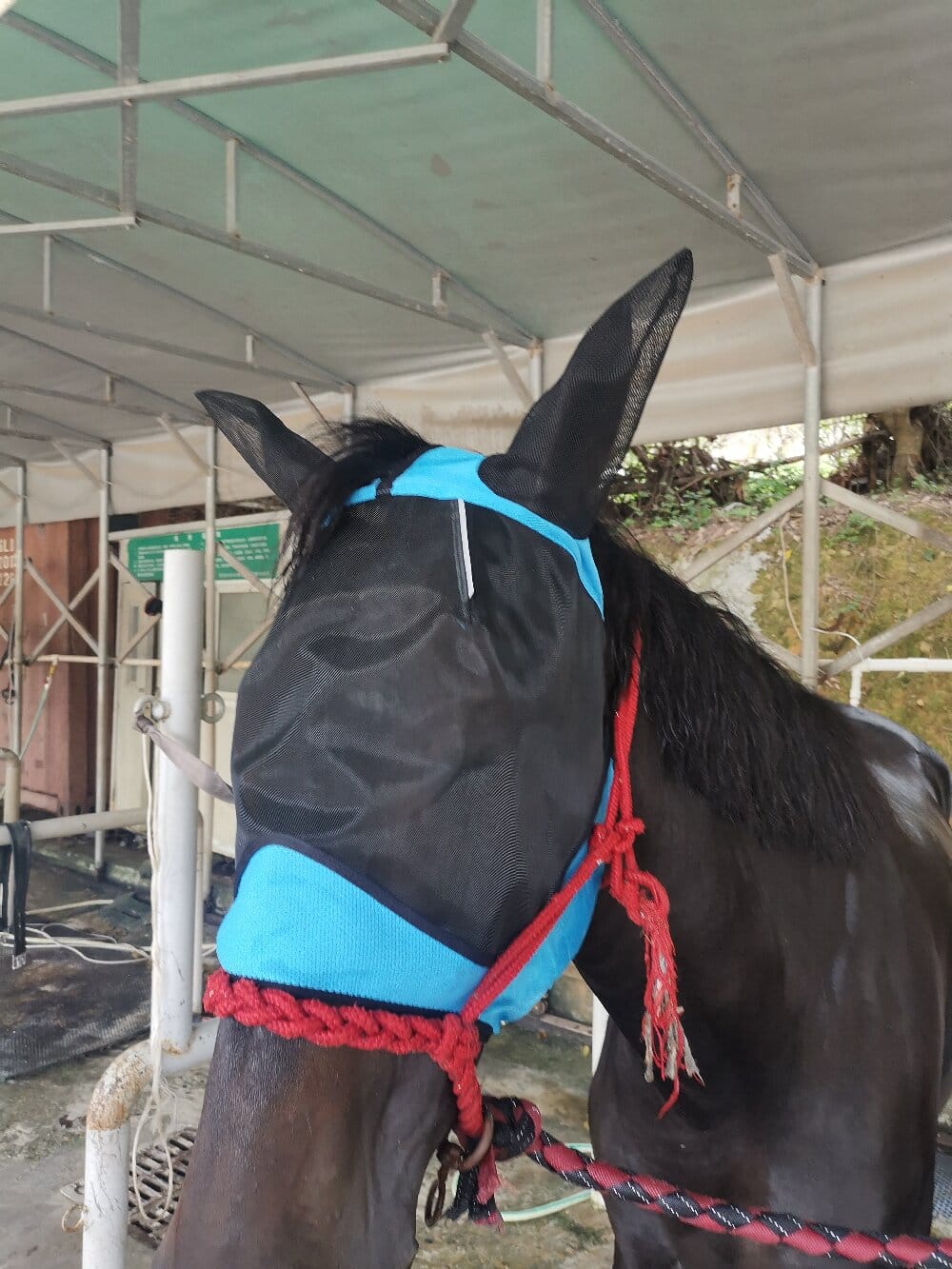The horse fly mask is one of those quiet innovations in the equestrian world that seems deceptively simple. At first glance, it’s just a piece of mesh fabric, perhaps with ears, that we strap onto our horse’s head. But to dismiss it as a mere accessory is to overlook a profound act of interspecies empathy. We are, in effect, interpreting a world of sensory torment we can scarcely experience ourselves and crafting a shield against it. This isn’t about fashion; it’s a critical response to a genuine welfare issue, born from observing the frantic head-tossing, the skin-twitching, and the perpetual unease that defines a horse besieged by flies. The decision to use one, or not, forces us to weigh our understanding of equine comfort against our ideals of a “natural” existence for an animal we have already brought into our managed care.
Deconstructing the Itch: Why Flies Are More Than a Nuisance
To understand the value of equine fly protection, we must first appreciate the scale of the problem. Flies are not merely irritating; they are vectors of disease and sources of pure agony. The common housefly is a minor bother, but the horse fly—a hefty, determined insect with a blade-like mouthpart—is a different beast altogether. Its bite is a sharp, stabbing pain, designed to draw blood. Then there are gnats and midges, so tiny they can bypass the guard of a thick winter coat, swarming eyes, nostrils, and ears, carrying pathogens that can lead to conjunctivitis or more serious conditions. Watching a horse desperately rub its face raw against a fence post or its own leg is a clear signal: this is more than a minor inconvenience. It’s a constant state of defensive alert that interrupts grazing, ruins training focus, and can lead to lasting physical harm.
The Anatomy of a Fly Mask: A Critical Look at Features
Not all fly gear is created equal, and a discerning eye is needed when selecting this essential piece of horse wear. The basic design is a mesh screen that covers the eyes, but the evolution of the fly mask for horses has introduced a suite of features that demand consideration.
- The Mesh: The core material should offer maximum visibility for the horse while providing a UV protection factor. In sunny climates, a mask with a high UPF rating is not a luxury; it’s a preventative measure against sun-bleached coats and more serious ocular issues.
- The Fit: This is arguably the most critical aspect. A poorly fitting mask can chafe, slip, and blindfold the very animal it’s meant to protect. It should be snug enough to stay put during vigorous rolling and head-shaking, but loose enough to allow for full facial expression and comfortable chewing.
- Extended Coverage: Many modern designs include attached ear covers to protect from gnats and ticks, and some extend down the muzzle to shield the delicate pink skin there. This “fly veil with ears” design offers comprehensive protection but requires even more diligent fit checks.
The Subjective Debate: Freedom Versus Protection
Herein lies the core of the personal dilemma I often grapple with. There’s an undeniable pang of something—guilt, perhaps, or a romanticized notion of freedom—when I see my horse wearing his fly mask. Is he bothered by it? Does it dull his sensory experience of the world? I watch him, and I see him grazing peacefully, unbothered by the cloud of insects that would otherwise have him running for the shelter of his stall. The alternative is a life of constant irritation, of stomping and swishing, of potential injury and disease. The choice, then, becomes a subjective calculation of lesser evils. Is the minor, potential annoyance of wearing a lightweight, breathable mask worse than the certain, acute misery of fly bites? For me, the answer is clear, but it’s a decision every owner must make while closely observing their own animal.
A Matter of Consistent Care
Adopting a fly mask is not a “set it and forget it” solution. It introduces a new layer of responsibility into the daily care routine. The mask must be removed and cleaned regularly to prevent dirt and sweat from building up and irritating the eyes. The area underneath must be checked for rubs or signs of infection. It’s a commitment to daily observation and handling, a small price to pay for the immense comfort it provides. This ritual of putting it on in the morning and taking it off at night becomes a tangible act of care, a direct intervention to improve the quality of a summer day.
A Concluding Reflection on a Simple Solution
Ultimately, the humble horse fly mask stands as a testament to thoughtful horsemanship. It is a tool that bridges the gap between the wild existence horses evolved for and the domesticated lives we provide. By mitigating a significant, relentless stressor, we grant our equine partners a greater measure of peace. The decision to use one is a personal calculus, balancing perceived naturalism against observable well-being. From my perspective, seeing a horse rest comfortably in a sun-drenched field, free from the torment of insects, isn’t a picture of confinement but one of profound relief. It is a small, mesh declaration that we are paying attention, and that we care enough to shield them from a world of tiny, biting frustrations.

